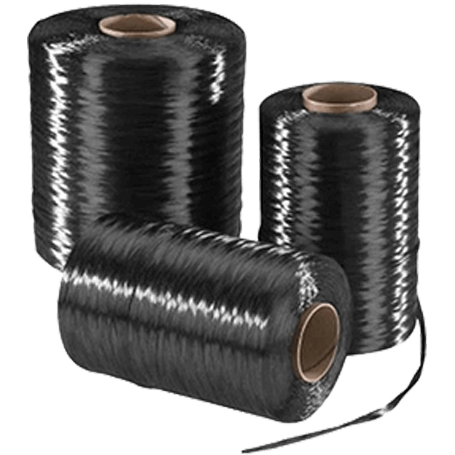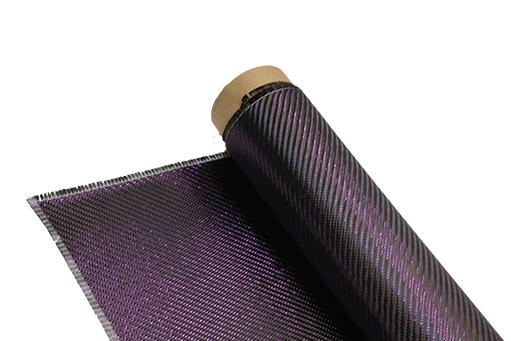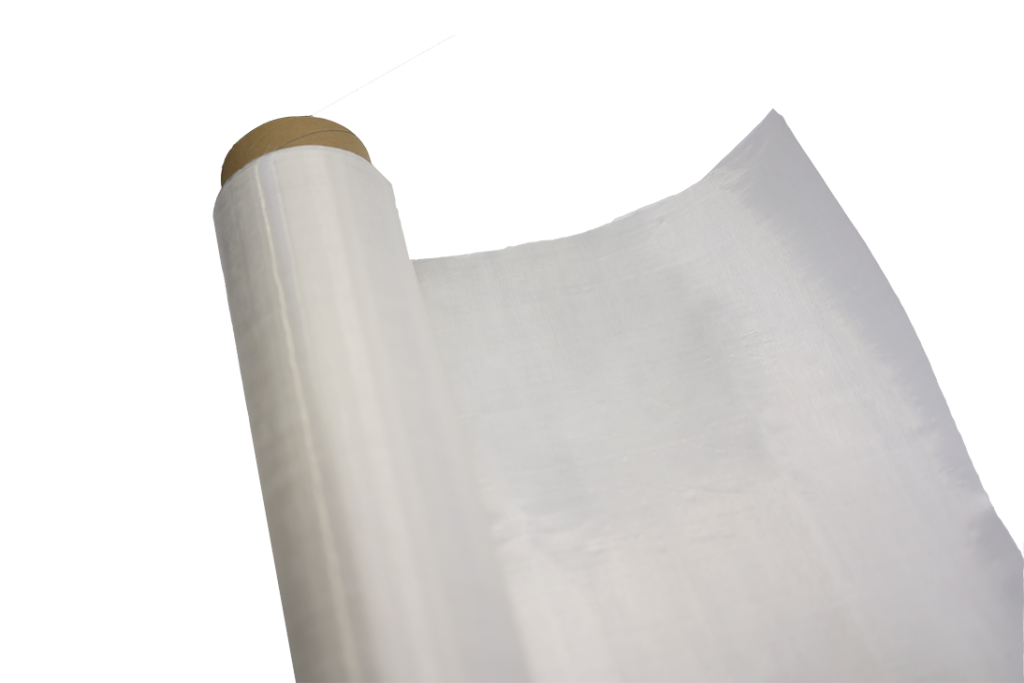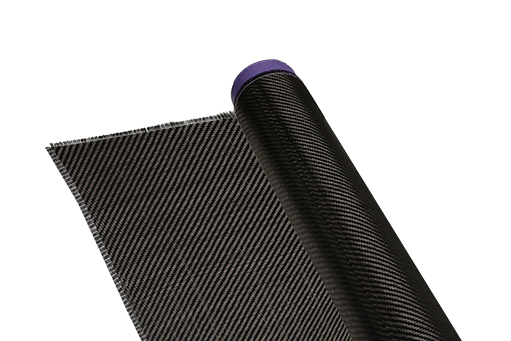Hydro Dip Carbon Fiber VS Real Carbon Fiber
-
 Your Composites Expert Carbon Fiber Materials&Products
Your Composites Expert Carbon Fiber Materials&Products -
-1.png?width=686&height=617) Your Composites Expert Aramid Fiber Materials&Products
Your Composites Expert Aramid Fiber Materials&Products -
 Your Composites Expert UHMWPE Materials&Products
Your Composites Expert UHMWPE Materials&Products -
 Your Composites Expert Fiberglass Materials&Products
Your Composites Expert Fiberglass Materials&Products -
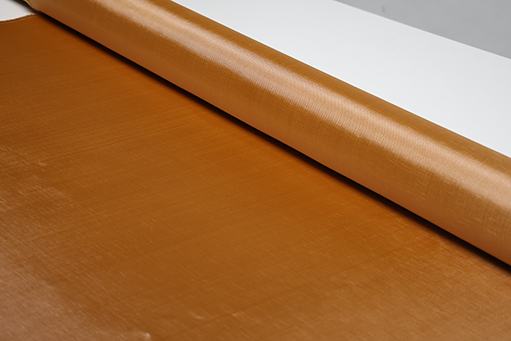 Your Composites ExpertPBO Materials&Products
Your Composites ExpertPBO Materials&Products -
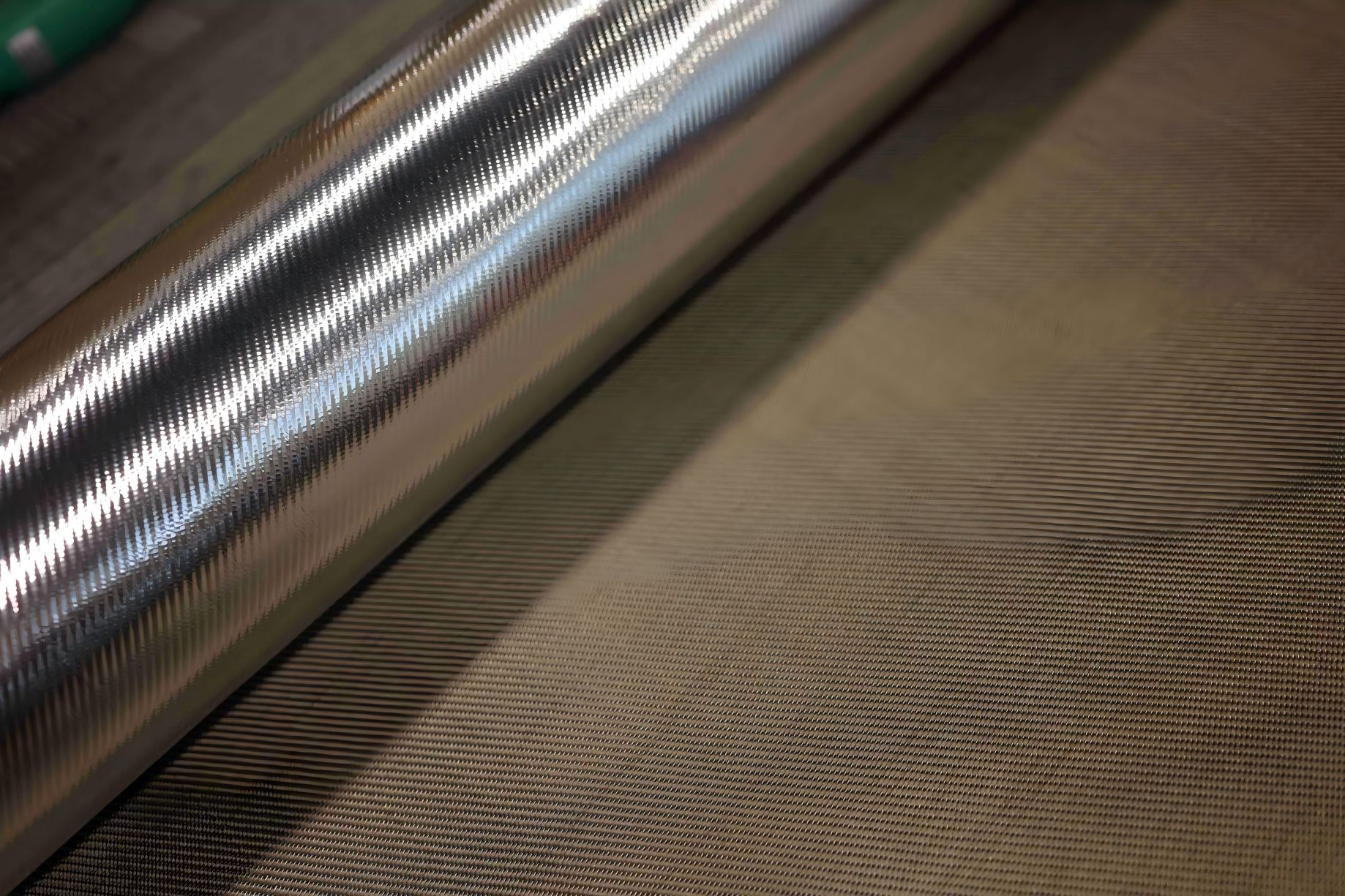 Your Composites Expert Basalt Materials&Products
Your Composites Expert Basalt Materials&Products

Welcome to IMPACT MATERIALS, where we blend innovation with custom looks. In this journey, we compare hydro dip carbon fiber with real carbon fiber. You'll see how different they are in looks, how they're used, how long they last, and the price. This info will help you make a choice that fits your needs best.
Are you updating your car, making unique items, or just interested in new materials? It's important to know how hydro dip carbon fiber compares to the real thing. Every choice you make can really change how your project turns out. We're here to guide you clearly and confidently through these decisions.
Looking for that perfect finish, you wonder, are the cool designs made by hydro dipping as strong as real carbon fiber? We'll look closely at each material to help you choose. Your likes and what your project needs are key in the end.
Key Takeaways
- Discover the key differences between the aesthetic and functional aspects of hydro dip carbon fiber versus real carbon fiber.
- Learn about the cost benefits and application methods that distinguish hydro dipping carbon fiber from genuine carbon fiber options.
- Uncover which material proves to be more durable and suitable for your specific needs, be it for cosmetic flair or structural integrity.
- Obtain a clear understanding of how hydro dip and real carbon fiber materials can cater to varied preferences in customization and design.
- Equip yourself with informed decisions to ensure that your material choice aligns with the intended use and desired longevity of your project.
Understanding Carbon Fiber Materials
Carbon fiber materials are at the top in the world of advanced composites. They have some outstanding properties. We'll look at what real carbon fiber is and why it's the top choice in many applications. Let's explore the benefits of carbon fiber and its wide uses in manufacturing.
What is Real Carbon Fiber?
Real carbon fiber is made of thin carbon crystals that run the length of the fiber. This setup gives it unmatched strength and toughness. The fibers are then combined with a resin. This creates a composite that's both stiff and light.
Benefits of Real Carbon Fiber
Carbon fiber materials are famous for being strong without adding much weight. Because of this, it's perfect for uses where weight is critical. It's also not bothered by rust and can handle high temperatures. This makes it useful in many different fields.
Common Uses of Carbon Fiber in Manufacturing
The uses of carbon fiber are diverse and impressive. Both the automotive and aerospace industries use it to boost performance while keeping weight down. Below is a table that shows how carbon fiber is used in various products.
| Industry | Product | Benefit of Carbon Fiber |
|---|---|---|
| Automotive | Body parts, frames | Lightweight, increases fuel efficiency |
| Aerospace | Fuselage, wing components | High strength, reduces aircraft weight |
| Sports Equipment | Bicycles, tennis rackets | Improved handling, enhanced performance |
Carbon fiber is changing the game in car fuel efficiency and sports equipment performance. It's revolutionizing design and engineering in many areas.
Introduction to Hydro Dipping Technology

Hydro dipping has changed how we decorate objects with detailed designs and textures. It is also called water transfer printing. A special film dissolves in water and transfers prints onto various surfaces. Whether you want to change your car's look or add flair to your gadgets, knowing about hydro dipping is key.
The Hydro Dipping Process
The hydro dipping process has several important steps. These steps make sure the designs come out perfectly. First, the item is cleaned well. This makes sure the surface is ready for the film. Next, the film is placed on the water in a tank. The item is then dipped into the water. The film sticks to the item because of a special solution. This solution dissolves the film but leaves the ink on the item. The last steps are washing and adding a clear protective layer. This keeps the design looking great for a long time.
Materials Suitable for Hydro Dipping
The best thing about hydro dipping is you can use it on many materials. Materials for hydro dipping include plastic, metal, glass, wood, and even fabric. You can see in the table below some common materials used for hydro dipping.
| Material | Common Applications | Examples |
|---|---|---|
| Plastics | Automotive parts, electronics casings | Car dashboards, phone cases |
| Metals | Tools, sports equipment | Golf clubs, bicycle frames |
| Glass | Decorative home items | Vases, lamp bases |
| Wood | Furniture, artwork | Picture frames, wooden watches |
| Fibers | Apparel, customized gifts | Hats, tote bags |
With hydro dipping, you can make ordinary items look special. You can add custom designs that show your personality and style. The many materials you can use open up a world of creative possibilities. This makes hydro dipping an exciting choice for any project, big or small.
The Allure of Hydro Dip Carbon Fiber
The beauty of hydro dip carbon fiber draws in both fans and experts. It catches the eye with its bold look and flexibility. Hydro dip carbon fiber lets you add detailed, unique designs through carbon fiber hydrographics. This is hard to do with regular materials.
Custom hydro dip services are one big draw. They help you pick the right designs and colors. This way, your car parts, sports gear, or home decorations can be exactly how you want them. The options for customizing are endless.
- Unmatched Aesthetic Flexibility
- Broad Range of Design Options
- Cost-Effective Method to Mimic Real Carbon Fiber
- Quick and Accessible Application Process
Watching a plain item turn into a standout piece is mesmerizing with carbon fiber hydrographics. This method not only looks good but also protects the material underneath. This makes things more durable.
Exploring the allure of hydro dip carbon fiber is exciting. It leads to a fun way to make your stuff look unique. Custom hydro dip services make it easy to get exactly what you want. It’s as creative as you want to be.
Comparing Aesthetics: Hydro Dip vs Real Carbon Fiber
In the luxury finishes world, hydro dip and real carbon fiber stand out. They both have their unique looks. We're going to explore how they stack up. This includes their visuals, how they feel, and their longevity.
Visual Differences
Let's start with how they look. Hydro dip uses a film to mimic carbon fiber and more. It's applied carefully for a smooth and detailed finish. Real carbon fiber, though, has a deep shine that's hard to match. It reflects light in a special way. Even the best hydro dipping can't fully copy the real thing.
Surface Texture and Finishes
Now, let's talk about how they feel and the final look. Hydro dip feels smooth and can be shiny or matte. Real carbon fiber feels textured because it's actually woven. This adds to its beauty and physical appeal. The finish on carbon fiber can also be matte or super shiny, giving lots of options. In terms of durability, carbon fiber wins. It lasts longer and stands up better to wear and tear.
Strength and Durability: Hydro Dip Carbon Fiber against Real Carbon Fiber
When looking at materials for top-level needs, knowing about the strength of hydro dip carbon fiber and the durability of real carbon fiber is key. Let's explore how these materials compare when it comes to how strong and long-lasting they are.
Hydro dip carbon fiber shines because it can look different and cool on many things. But, it is crucial to understand that it's mainly for making things look nice. This process doesn't make the item stronger. It only gives it a cool carbon fiber look.
In comparison, real carbon fiber really stands out because it offers real strength. It's about being strong, not just looking the part. Real carbon fiber lasts a long time, stays stiff, is strong for its weight, and doesn't wear out easily. These features are critical in fields like making cars, airplanes, and other high-demand industries.
| Aspect | Hydro Dip Carbon Fiber | Real Carbon Fiber |
|---|---|---|
| Primary Function | Cosmetic enhancement | Structural component |
| Strength Impact | Dependent on base material | High intrinsic strength |
| Durability | Varies with base material and treatment quality | Excellent resistance to fatigue and environment |
| Application Scope | Decorative, light-use items | High-performance environments: aerospace, automotive, sports |
Choosing between hydro dip and real carbon fiber depends a lot on what your project needs. If you just want something that looks amazing, hydro dipping could be the answer. But if you need something that's both tough and long-lasting, hands down, real carbon fiber is the winner. Consider what matters most in your project to decide wisely.
Cost Implications: What's More Affordable?
Thinking about your next project? It's key to know the cost of hydro dip carbon fiber vs. the affordability of real carbon fiber. Hydro dipping can be cheaper. This is especially true for the materials and the labor costs.
Let's look at the costs for both. This way, you can decide what's best for your project.
| Aspect | Hydro Dip Carbon Fiber | Real Carbon Fiber |
|---|---|---|
| Material Cost | Lower | Higher |
| Labor Cost | Reasonably priced per project | Can be high, depending on complexity |
| Customization | Highly flexible, minimal additional cost | Limited without significant cost increase |
| Overall Affordability | More accessible for smaller budgets | Better for long-term, high-performance needs |
Looking for a carbon fiber look that's eye-catching but doesn't need to be super strong? Hydro dip carbon fiber might be perfect. It cuts down the cost of hydro dip carbon fiber. Plus, it offers lots of ways to personalize without breaking the bank.
But, if your project requires the top strength and lightness of real carbon fiber, consider the affordability of real carbon fiber. This investment is great for durability and performance. Although it costs more at the start, it's worth it for lasting quality where performance matters most.
Your decision should balance the price with what your project really needs. That could be a special look or meeting high standards for performance.
Customization and Flexibility with Hydro Dip Film Patterns
Hydro dipping is much more than just a look. It offers countless ways to show off your unique style. With custom hydro dip services and hydro dip film patterns, you can make anything your own.
Design Varieties in Hydro Dip Films
Hydro dipping stands out with its wide range of design choices. You can go for anything from shiny metals to classic wood or even stand out with camo. Each design helps turn an object into a standout piece of art.
Personalizing Objects with Custom Hydro Dip Services
Being unique is easy with custom hydro dip services. You can make any item, big or small, reflect who you are. This is more than just changing colors; it transforms things into a personal showcase of your style or brand through cool patterns and colors.
| Object | Standard Appearance | Customized via Hydro Dipping |
|---|---|---|
| Helmet | Plain, solid color | Vibrant floral pattern |
| Car Dash Panel | Generic, factory style | Luxurious wood grain finish |
| Laptop Cover | Standard, monotone | Dynamic geometric shapes |
| Skateboard | Basic logos or single colors | Bold, artistic camo and graffiti blend |
These examples show the broad use of hydro dip patterns. From necessary items to fun extras, it not only protects but lets you express your style.
Application Process: How to Hydro Dip Carbon Fiber Hydrographics
Starting a hydro dipping DIY? It's key to know the steps, especially with complex designs. This guide will take you from prep to the last step for carbon fiber looks.
Preparation Stage
Good hydro dipping starts with careful prep. Make sure what you're dipping is clean. This removes anything that could mess up the hydrographic film sticking. You might need to rough it up before painting to make sure the paint stays put.
After cleaning, put on a base coat. For carbon fiber, use a black base. This makes the final design look deeper.
Hydro Dip Kit for Carbon Fiber
Choose a hydro dip kit for carbon fiber with everything you need. This includes the film, activator, and maybe a base coat. A quality kit makes the film dissolve right and stick without flaw. Start with small objects to practice before you try bigger things like carbon fiber hydro dip wheels.
Dipping and Curing
When dipping, dip the object in water at an angle to avoid air bubbles. Shake it gently under the water to make the film wrap smoothly. After dipping, rinse the extra film off under tap water to stop the process. Finally, seal your work with a top coat spray for a shiny, protected finish.
| Stage | Key Actions | Materials Needed |
|---|---|---|
| Preparation | Clean and abrade surface; Apply primer | Cleaning supplies, Abrasive materials, Primer |
| Dipping | Dip the object, shake to conform film | Hydro dip kit (film, activator) |
| Curing | Rinse with water, dry, and apply top coat | Water, Top coat spray |
Follow these steps for good results with hydro dipping carbon fiber. It's a great way to add style to car wheels or small items. Hydro dipping lets you be creative and customize your projects.
Conclusion
We looked at the details and differences between hydro dip and real carbon fiber. Both have their unique advantages. Your choice depends on your needs. You may love the creative outlet of hydro dip. Or, you might seek the strength of real carbon fiber. Think of the amazing look hydro dipping can create, especially on items like wheels.
For strong, long-lasting items, real carbon fiber is the way to go, especially for high-performance use. It's more durable. Yet, hydro dip is more flexible and affordable for beautifying items. Choose wisely for your project. Consider what's most important to you.
When making a choice, think about what looks good, is cost-effective, and meets your needs. You have learned about both hydro dip and real carbon fiber now. Use this knowledge to pick what works best for your goals. Both materials offer great possibilities. Let your project shine with the right choice.
FAQ
What is the primary difference between hydro dip carbon fiber and real carbon fiber?
Real carbon fiber is strong and light, made from carbon fiber-reinforced polymers. Hydro dip carbon fiber, on the other hand, is a film designed to look like carbon fiber. It is placed on items using hydro dipping for appearance reasons.
Can hydro dipping be applied to any material?
You can hydro dip many materials, such as plastics, metals, and wood. But, the material must be prepped well for the film to stick right.
What are the benefits of using real carbon fiber in manufacturing?
Real carbon fiber is tough yet light, with good resistance to rust. It's perfect for making strong and light products. These include cars, planes, and sports equipment.
Why might someone prefer hydro dipping over real carbon fiber?
Hydro dipping is liked for its low cost and wide design choices. It's easy to use on odd shapes. Also, it looks similar to real carbon fiber without the high cost.
Are there visual differences between hydro dipped carbon fiber and the real thing?
Yes, a close look shows real carbon fiber has a unique weave and depth. It's hard to copy exactly. Hydro dip looks quite like it from afar but lacks the real thing's detailed pattern.
How durable is hydro dip carbon fiber compared to real carbon fiber?
Hydro dip carbon fiber is mainly for looks and doesn't add strength. Real carbon fiber is tough and strong. It's meant for parts that need to bear weight.
Is hydro dipping carbon fiber more cost-effective than using real carbon fiber?
Yes, hydro dipping is a lot cheaper than working with real carbon fiber. It's an affordable way to get a carbon fiber look without the high price of the actual material.
Can I personalize objects with hydro dipping myself?
Yes, you can do it at home. Just get a hydro dip kit and follow the steps well. This works for many kinds of objects.
How do I choose the right hydro dip film pattern for my project?
Think about how you'll use the object and what style you like. There are many film patterns to pick from. You can even get a custom design made.
What are some common objects that can be enhanced by hydro dipping?
You can dip car parts, gaming consoles, guns, helmets, and more. If it has the right surface, you can make it look new and unique.




